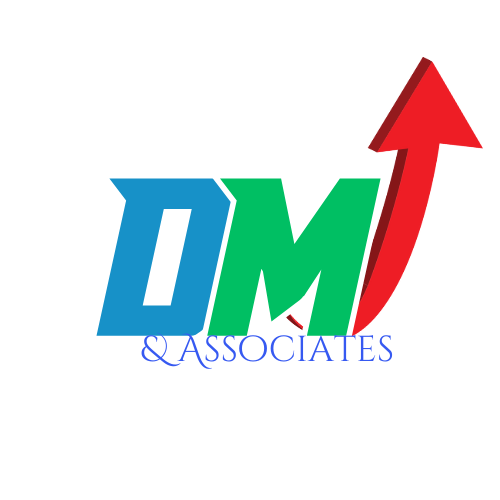In 2025, global trade volatility is reshaping business strategy, making it crucial to understand tariffs and marketing. Discover how changing trade policies impact ad budgets, e-commerce strategies, and customer retention for digital marketers and businesses alike.
What Are Tariffs and Why They Matter to Marketers
Tariffs are government-imposed taxes on imported goods and services. While their primary function is to protect domestic industries or generate revenue, their impact ripples far beyond manufacturing and logistics. For marketers, tariffs affect supply chains, pricing, consumer behavior, and brand messaging.
Understanding tariffs and marketing means recognizing that these policies can directly influence marketing performance, ROI, and campaign strategy.
How Tariffs Influence E-Commerce
1. Rising Product Costs
When tariffs increase the price of imported goods, e-commerce brands may be forced to raise their own prices. This can create friction with customers used to budget-friendly online deals. As a result, marketers need to emphasize value, quality, or exclusivity to justify the changes.
2. Shipping and Logistics Challenges
Tariffs can lead to increased shipping costs or delays if alternative suppliers need to be sourced from less affected countries. E-commerce marketers must keep customers informed and updated about any changes in delivery times or product availability.
3. Vendor and Supplier Shifts
Brands may switch suppliers to reduce tariff exposure, impacting product availability or quality. Marketers must be ready to adapt product messaging to reflect these changes.
Tariffs and Marketing: Key Impacts in 2025
1. Advertising Budget Adjustments
If product costs go up, businesses may need to cut back on other expenses—often starting with marketing. This makes ROI tracking and smart budget allocation more important than ever. Marketers should focus on high-performing channels and double down on organic strategies like SEO.
2. Pricing Strategy Revisions
Tariffs can make formerly profitable products less competitive. Pricing strategies need to adapt, with marketers highlighting U.S.-made products or bundles that offer more perceived value.
3. Messaging and Positioning Shifts
Brands may need to alter how they communicate with customers. Transparency about price changes due to tariffs can build trust. Messaging may shift toward sustainability, local production, or premium positioning to justify higher costs.
4. Audience Targeting Optimization
Tariffs may disproportionately affect certain income brackets. Marketing campaigns might need to be refined to target audiences more likely to absorb higher costs, or to emphasize discounts and loyalty rewards to maintain retention.
Consumer Behavior Changes in Response to Tariffs
Increased Price Sensitivity
Consumers are more aware of price hikes in 2025, especially in sectors like electronics, apparel, and home goods. They may seek out alternatives, delay purchases, or switch to local brands.
Preference for Local and Domestic Products
With tariffs making imported goods more expensive, local products become more appealing. Marketers can capitalize on this trend by promoting domestic origins and local craftsmanship.
Brand Loyalty and Trust
How a brand handles price increases or product delays can impact loyalty. Transparent communication and added value (such as extended warranties or loyalty programs) can make a significant difference.
Strategies for Marketers Navigating Tariffs in 2025
1. Emphasize Value Over Price
Focus on educating consumers about product benefits, quality, and service rather than just pricing. Value-driven marketing helps maintain engagement and conversions.
2. Leverage Content Marketing and SEO
With tighter ad budgets, investing in long-term strategies like blogging, video content, and SEO becomes even more valuable. Using key phrases like tariffs and marketing in blog content helps capture traffic from informed buyers.
3. Reinforce Brand Transparency
Be upfront about why prices are increasing or why certain products are delayed. Transparency builds credibility and trust—two invaluable assets in turbulent markets.
4. Monitor Competitor Reactions
Stay informed on how competitors are handling the impact of tariffs. This allows your brand to position itself strategically and potentially gain market share.
Conclusion
The connection between tariffs and marketing is more direct and influential than many realize. In the fast-changing landscape of 2025, marketers and e-commerce professionals must stay agile, informed, and customer-focused. By understanding the broader effects of tariffs, businesses can create adaptive strategies that sustain growth and foster loyalty—even in challenging times.
